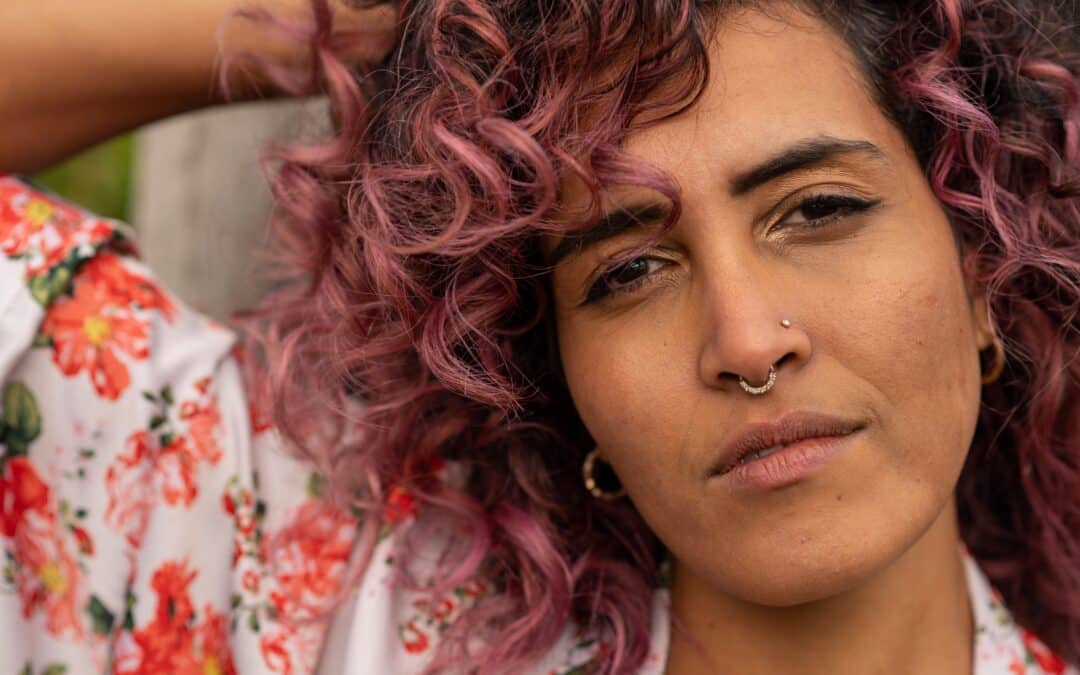Digital Boundaries for Trauma Healing
The Digital Paradox for Trauma Survivors
Creating Digital Boundaries for Trauma Healing
Try starting with these practices:
Designated Tech-Free Times: Create sacred periods in your day, ideally in the mornings or an hour before bed, where screens are entirely off-limits. These times allow your nervous system to rest and recoup from all the noise and digital stimulation.
Mindful Consumption: Practice intentional awareness of how digital activities affect your body and emotions. Do you hold your breath when you scroll social media? Does watching specific online content trigger negative thought patterns? Use this awareness to adjust your technology use habits.
Physical Boundaries: Create tech-free zones in your home, especially your bedroom and any spaces dedicated to healing practices like meditation or art-making. I find it helpful to leave my phone in the kitchen before bed so that when I wake, I don’t unconsciously reach for the phone. This can help you start the tone of your day with a more positive outlook and a calmer nervous system.
Notification Management: Audit your notification settings regularly. Ask yourself: “Does this app deserve immediate access to my attention?” Most don’t.
Mindful Technology Use for Trauma Recovery
In addition to creating boundaries with our devices, we can curate how we use our technology so it can serve as a tool for healing rather than a source of distraction. For example:
Body-Centered Apps: Applications focusing on breath work, progressive muscle relaxation, and body scanning can help reconnect you with the body. This is particularly supportive of trauma healing, as trauma often disconnects us from somatic awareness.
Creative Expression Platforms: I like to give “homeplay” in between sessions. Some clients enjoy using digital art tools, music creation apps, and journaling platforms as a way to support the work we do in session. These tools can help you explore your creativity in meaningful ways that enhance self-awareness.
Tech in Nature: Ideally, when you’re in nature, put away your phone and stay present with your surroundings. However, technology can have its place as well. You can use your phone to take pictures and videos that help you notice details around you. You can also use apps that identify plants, track hiking routes, or guide outdoor meditation that support healing while in natural settings.
Choose Supportive Social Media: You can customize your social media feeds to support your healing. For example, follow accounts that focus on trauma education, mindfulness, art and creativity, positive mindset, and mind-body healing over those promoting comparison or perfectionism.
Take a Digital “Day of Rest”
Many trauma survivors benefit from periodic day-long breaks from technology. These “digital days of rest,” or “digital detox,” might last a day, a weekend, or even longer. Let your close ties know you plan to be offline, then fully disconnect. This is a profound gift to your nervous system, a complete reset.
In my practice, clients who take time away from their devices often experience improved sleep, lowered anxiety, and a sense of being more present in their bodies and surroundings. Just a tiny amount of tech-free time can create a positive feeling that ripples throughout your day and days. This ripple can eventually turn into a wave that carries you and helps you reclaim the inner connection trauma robbed from you.
Finding Your Balance
Take a Digital “Day of Rest”
As we navigate this increasingly evolving digital age, which is both exciting, engaging, and all-encompassing, finding balance is, quite literally, a balancing act. honestly, It’s an ongoing practice to find this equilibrium. Technology itself is neither good nor bad—it’s how mindfully we engage with it that matters. Our relationship with the digital landscape determines its impact on our trauma-healing journey.
By setting boundaries, using digital tools wisely and intentionally, and regularly unplugging, we can transform our relationship with technology. What once pulled us further from ourselves can become a genuine ally on our healing path.
Finding digital balance isn’t easy, especially when you’re healing from trauma. If you’re feeling stuck in your relationship with technology, I’m here to help. Let’s talk about what’s working and what’s not in a free 15-minute call. You can also check out a more in-depth approach to holistic trauma healing here or enjoy my free “Savor the Good” video on YouTube, where I guide you through a simple practice to release trauma while honoring your body’s wisdom.


